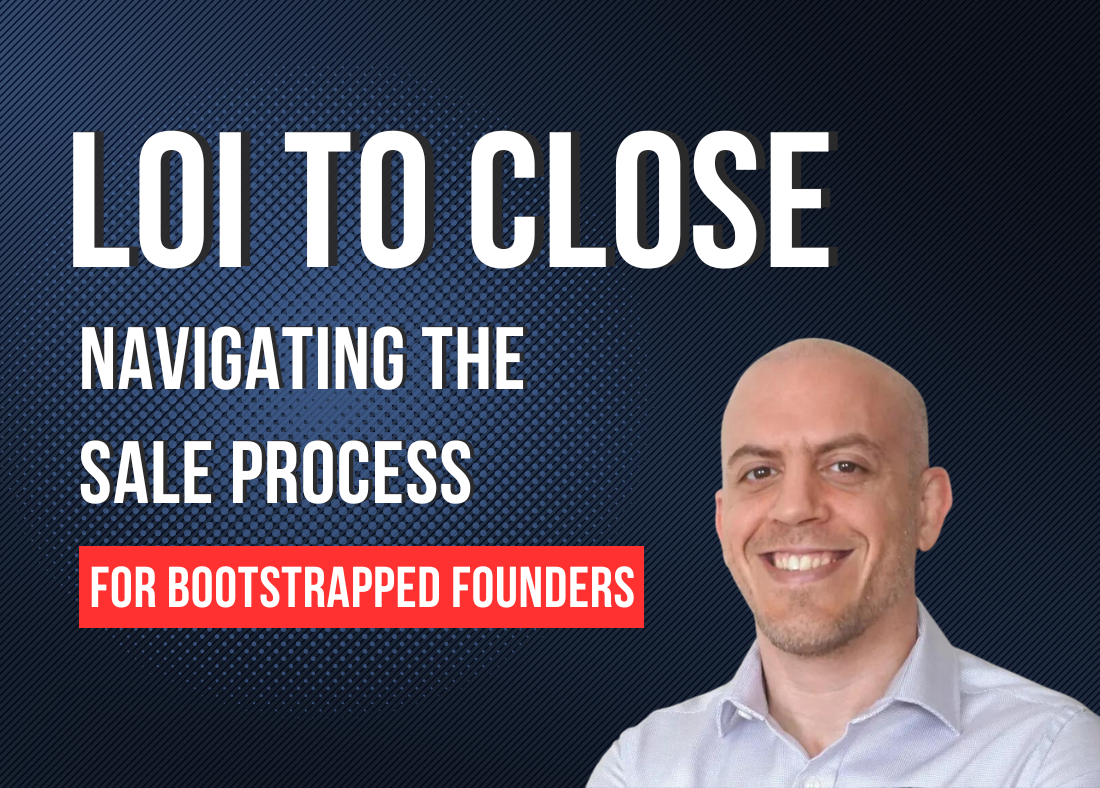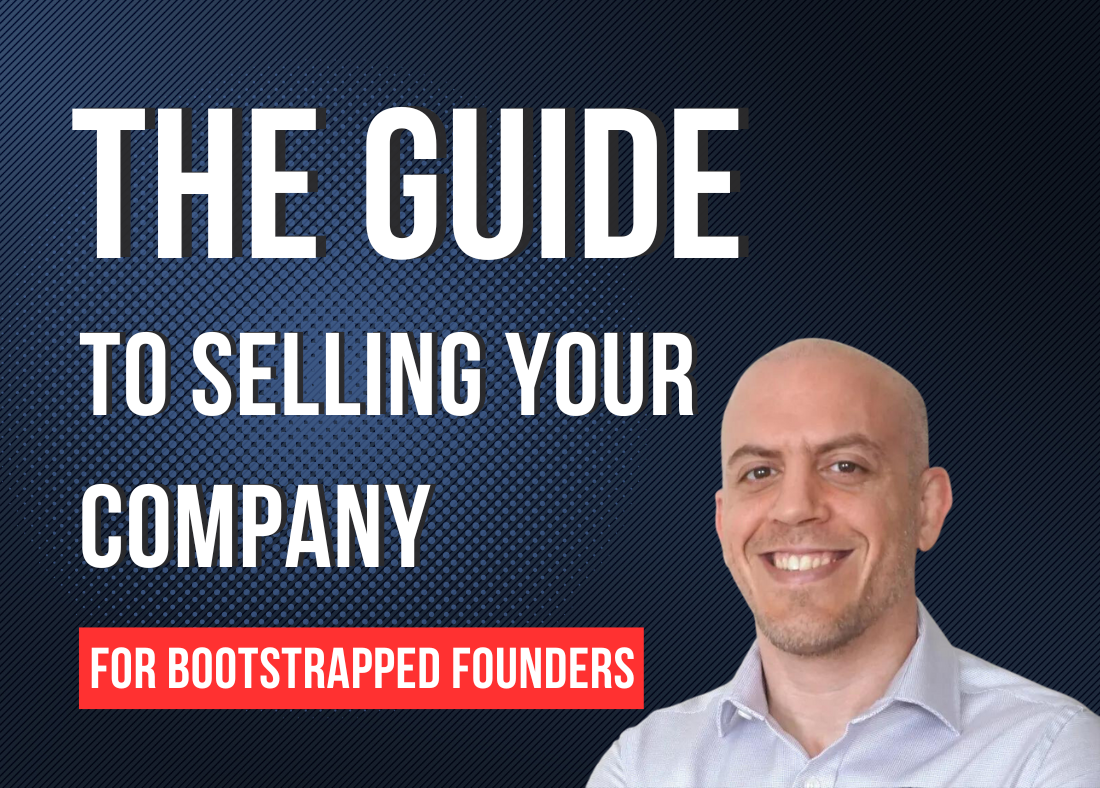In a previous post, I wrote about why and how you should join the 500startups accelerator (or any premier accelerator program, for that matter). I briefly mentioned that I’ve been given access to provide opinion on applications for the next batch (Fall 2013), as a 500startups program alumni.
To date, I’ve reviewed close to 300 startup applications, likely more than anyone else with review access on this batch, so far (to be clear – each application would be reviewed by multiple people before a decision, sometimes as many as 30). A running joke in the office is one of the 500startups staff walking near my desk and asking me “don’t you have a company to run?” or “don’t you get tired of reviewing those applications?”. I’ll have the last laugh though, because they will have to go through all of those applications eventually, where as I can just skip the ones that are not a clear yes or no.
Reviewing startups turns out to be somewhat addicting. I keep hoping the next application would blow me away, and it will be an easy upvote, but unfortunately most are not. From reviewing all those applications, I think that most people are not clear on what the top accelerators look for in companies. So in favor of openness and in the hopes of helping someone out there increase their chances of getting accepted, here are a few rules of thumb for being attractive to startup accelerator (or even VCs):
You need to actually be a growth oriented tech company
There are quite a few applications for services companies or non tech companies. Those are typically not VC fundable businesses and not a good fit for a tech accelerator program. Physical products are fine if they are technology oriented and have a potential for scaling fast. Services companies (like a web development shop) should probably look for other type of funding (or perhaps bank loans).
Most accelerators are a form of VC, and accept companies that fit that model of investment – growth oriented technology companies.
You need product and traction
It’s 2013, and the costs of starting a software company are lower than ever. At this point, the top accelerators expect you to have a live product. I’ve reviewed so many applications with only an idea, or an unreleased product. Barring exceptional circumstances – such as a very strong track record or a truly breakthrough product – those applications will be rejected as “too early”. Release your product and get some market validation first (i.e, traction).
People might see the term “accelerator” or “incubator” and think it’s a program that helps you take an idea and make it into an actual product. It’s not. An accelerator will help you accelerate already existing processes and take you to the next step as an already viable tech company (especially through funding and network).
Have decent traction proportional to the time your product has been live. The traction expected from a product released 6 months ago is different from that expected from a product released 2 years ago. At the same time, you need at least a few months of market feedback to actually show a pattern and that you can acquire users / customers.
Revenue is better than users
I can’t speak for other accelerators, but 500startups is very focused on investing in real businesses. That means that
- You should have a business model / monetization channels.
- Showing early revenue speaks louder than just a user count.
Traction doesn’t have to be huge (we are talking early stage companies here), but it needs to be interesting. What are interesting numbers varies, which brings me to the next point –
Some ideas need more traction
I’ve seen many applications of concepts that are small variations on existing models already dominated by one or more big players.
If you are going up directly against entrenched players in a well known market (such as dating, recruiting, social networks, etc.) – you need to show more traction to be considered a viable investment. It’s hard to prove you’re a better alternative if people don’t pick you over the competition.
You can achieve that either by having a much better product or being really good a user acquisition (hopefully, both).
Hardware startups are a bit different
Hardware products require more startup capital and are harder to scale. Having said that, you still need to show some market validation and a working prototype. The earlier the stage of your traction, the better the story you need to tell about how you validated your product, and the stronger your team’s background needs to be.
Regardless, it is expected that the technical founders of a hardware startup have a strong background in hardware. In the previous batch (ours), we had engineers from Sony, Nissan and Olympus working on a hardware product. You need to convince investors that you have the technical chops to pull off what you say you are going to do.
Play in a big or emerging market
You might have a nice product and some decent early traction. But if you are a small fish in a very small pond, you are not a good fit for venture funding (which includes most accelerators). The venture capital model requires a certain upside to businesses to be viable for investment. Accelerators would be satisfied with results much smaller than those of the big funds – but they still need to see some significant potential upside.
Many of the applications I saw did not give any consideration to market size. This does not mean that their market is necessarily small, but someone who is not an expert in that market might perceive it as such. Don’t make investors guess about the market size, because they would typically underestimate it. One of the hottest startups from our recent batch was an eCommerce solution for hair extension products. Did you know that hair extensions is a $6bn market? I bet you didn’t – and so wouldn’t investors, if the founders didn’t make the effort to research it and present it in the application.
After you research your market, it’s also important to represent the opportunity correctly. I recently helped a founder revise the market size portion of his deck. He made the following calculation for investors –
- Total transactions size in addressable market U.S is X
- We think we can capture 10% of those transaction
- Our commission is 10% on our capture
- Estimated annual revenue is X * 0.1 * 0.1 = Not really impressive figure
I fixed it in the following manner –
- The U.K apparently was as a big a market as the U.S for this vertical – I added U.S and U.K numbers together.
- Didn’t put a cap on how much he can capture – investors don’t want to hear you’re going after 1% of a big market, they want to hear you can dominate that market (eventually).
- Removed the commission calculation – the guy had other monetization channels, he just wanted to make a simple calculation
- Instead of annual revenue, I made the calculation into Total Addressable Market (which is what investors actually want to see).
- Now we have a VC attractive market size number.
Another card you can play is the emerging market. Many of our batch companies were international companies, and they used market research about expected Internet / mobile penetration in the next few years to show how this will turn quickly into a big opportunity. If you go this route, make sure to show the year-over-year growth of your emerging market and otherwise explain why it is emerging (if it isn’t obvious).
Accelerators invest in teams. Show that yours matters
Many applications I saw had really barebones information about the founding team. I had to Google the names of the founders to see if there’s additional information about them – don’t make us do that. Make it easy for investors to find out why you are the right team to build this product. Do you have a good mix of tech and business? show it. Do you have a founder who used to be the head of product at another successful startup? make sure it’s right there in the application.
Add a team video
Even though it’s specifically required, some applications still submitted without a team video. Others submitted with a video that is not really about the team – an animated demo of the product or a presentation of the CEO at some event. The video is there to show who is behind the product. Can you articulate your idea well in person and in limited time? do you have a good rapport between the team members? we want to put faces on the names behind the application.
When we (Binpress) applied, it took us about half an hour to create a decent 3 minute video (including editing and uploading to youtube). If you can’t spare that much time for your application, that doesn’t leave a good impression.
Single founders have an uphill battle
You might have heard about this before – but single founders are typically not a good fit, and let me explain why:
- The founding team should have a good mix of technical, business and marketing expertise. It’s very rare to find one person who can do it all well.
- One of the goals of those programs is to help your company raise its first round of founding. Fund raising is a full time job, and if you are a single founder it becomes very difficult to fund raise and run a company at the same time.
- Founders push and motivate each other. There are going to be tough times, and a single founder does not have anyone to really share what he is going through. Investors want teams who can slog through those tough times and come out on top.
- Since a co-founder is always in high demand, if you don’t have one that says that you couldn’t convince anyone to believe in your vision and product. In that case, why should investors do that?
If possible, find a co-founder! if not, you better have a very good story and significant traction that shows you can still get it done on your own. Being a single founder, you will need to have an outstanding application otherwise.
Connecting with people in the network can help, but it’s not a must
A common question on quora is how to find relevant 500startups mentors to connect with? this used to be a requirement as there was no formal application process as there is now (through angellist). We used to think that the only way into the program was to get someone to intro us to Dave McClure, get a meeting with him and have him accept us into the program. Turns out this is not really the case.
Connecting with a network mentor or founder can help. Keep in mind that a recommendation from someone you met once doesn’t carry as much weight as someone who knows you for years and has worked with you closely. In the end, it’s just another data point about the team. If you have a strong background and a product with traction – none of that matters. An application won’t rise or fall based on having or not having an insider vouching for you (unless it’s one of the partners), it can only tilt the scales a bit.
You’ll get better value from connecting to people in the network, if you are looking for actual help from someone relevant to your business, instead of just looking for a recommendation into the program.
If you are not ready, there is always next time
Reading through this article, you might have found a few spots where you aren’t as strong as you would’ve liked to be. That’s fine! these accelerator programs typically have multiple batches per year. If your traction is not there or you haven’t launched yet – just wait for the next batch. Don’t have a co-founder? it’s fine to keep looking.
You can still apply with what you have – just keep in mind that you’re competing against other teams that likely hit on all of those fronts. According to this answer on quora, the acceptance rate for y-combinator is 2% (effective May ’12). Looking at the numbers for the current application process for 500startups and based on the size of previous batches, that sounds about right.
Instead of applying when you’re not really ready, you should instead work on growing your business. “The time to raise money is not when you need it… it’s when you can convince investors and not before” – Paul Graham on convincing investors.
I hope this helps, and let me know if you have any questions I didn’t answer in the post above.



